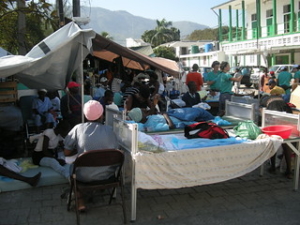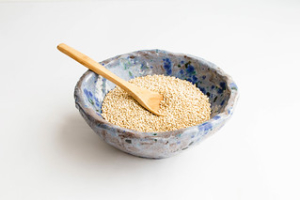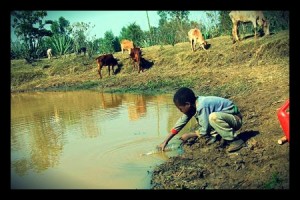
According to the Centers for Disease Control (CDC), there is no evidence that anyone in Haiti had ever gotten cholera before 2010. However, since the outbreak began that year, almost half a million Haitians have gotten the disease, and nearly 8,000 have been killed by it.
Cholera is a horrible disease with a surprisingly simple treatment. Victims suffer from extreme diarrhea, but if they are constantly supplied with oral re-hydration in order to replace lost water and electrolytes, they will almost always survive. Unfortunately, poor infrastructure and a lack of water sanitation systems has resulted in many Haitians not getting the treatment they need.
As a result of these deaths, the Boston-based Institute for Justice and Democracy in Haiti has filed a claim against the UN, stating that evidence demonstrates that the UN was responsible for the outbreak in the first place. Allegedly, UN troops from Nepal were carrying the disease as they were sent to Haiti to assist after the 2010 Earthquake.
On Thursday, February 21, 2013, the UN rejected the Institute’s claim on the basis of diplomatic immunity. Although there are many efforts at the international level to eradicate the cholera epidemic in Haiti, the U.N.’s official decision states that “the claims are ‘not receivable’ because they concern ‘a review of political and policy matters.'” As the UN refuses to compensate Haitian cholera victims, thousands more may suffer until enough money can be raised to implement Secretary-General Ban Ki-Moon’s plan for eradicating cholera in the region.
– Jake Simon
Source: U.S. News
Photo: The Guardian

 The year 2013 has been titled “The International Year of Quinoa” by the United Nations and the Food and Agricultural Organization (FAO) has named Bolivia’s president, Evo Morales, the Special Ambassador for the International Year of Quinoa. So, why is that important?
The year 2013 has been titled “The International Year of Quinoa” by the United Nations and the Food and Agricultural Organization (FAO) has named Bolivia’s president, Evo Morales, the Special Ambassador for the International Year of Quinoa. So, why is that important?
